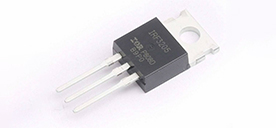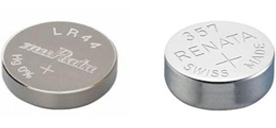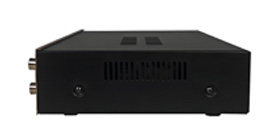Disclosure of the internal structure and operating principle of an electronic force angle sensor.
2024/4/28 15:00:31
Views:
Today, sensor technology plays a key role in areas such as modern manufacturing, automotive and aerospace. Electronic force angle sensors are ideal due to their unique properties. This article provides an in-depth analysis of its structure and principles.
Electronic force angle sensor: overview
The sensor is used to measure the angle of rotation, converting the change in angle into an electrical output signal, and is widely used in robotics and industrial automation.
Electronic force angle sensor: structural analysis
Sensing element: A special magnetically sensitive material is used to detect angle changes.
Signal Processing Circuitry: Amplifies, filters, and converts electrical signals to determine sensor characteristics.
Output interface: transmits the measured angle information to the control system or data processing equipment.
Mounting and support structure: Ensure that the sensor is securely attached to the object being measured and is strong and durable.
Electronic force angle sensor: operating principle
Based on the magnetoelectric effect and signal processing technology, it detects changes in the magnetic field and outputs signals.
Electronic force angle sensor: application advantages
High accuracy and stability, wide measurement range, automatic compensation for magnet position displacement.
Electronic Force Angle Sensor: Applications
In the fields of robotics, industrial automation and aerospace, it provides precise control and increases production efficiency.
future forecast
With the advancement of science and technology, sensor performance will improve and integrate with artificial intelligence and Internet of Things technologies to achieve smarter and more efficient control.
Electronic force angle sensor: overview
The sensor is used to measure the angle of rotation, converting the change in angle into an electrical output signal, and is widely used in robotics and industrial automation.
Electronic force angle sensor: structural analysis
Sensing element: A special magnetically sensitive material is used to detect angle changes.
Signal Processing Circuitry: Amplifies, filters, and converts electrical signals to determine sensor characteristics.
Output interface: transmits the measured angle information to the control system or data processing equipment.
Mounting and support structure: Ensure that the sensor is securely attached to the object being measured and is strong and durable.
Electronic force angle sensor: operating principle
Based on the magnetoelectric effect and signal processing technology, it detects changes in the magnetic field and outputs signals.
Electronic force angle sensor: application advantages
High accuracy and stability, wide measurement range, automatic compensation for magnet position displacement.
Electronic Force Angle Sensor: Applications
In the fields of robotics, industrial automation and aerospace, it provides precise control and increases production efficiency.
future forecast
With the advancement of science and technology, sensor performance will improve and integrate with artificial intelligence and Internet of Things technologies to achieve smarter and more efficient control.
Related Information
-
-
Phone
+86 135 3401 3447 -
Whatsapp





